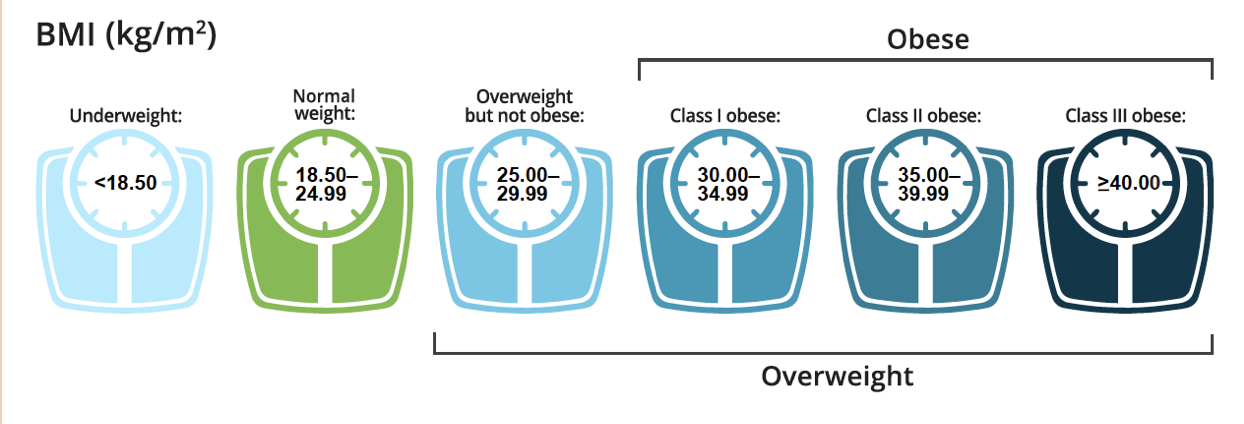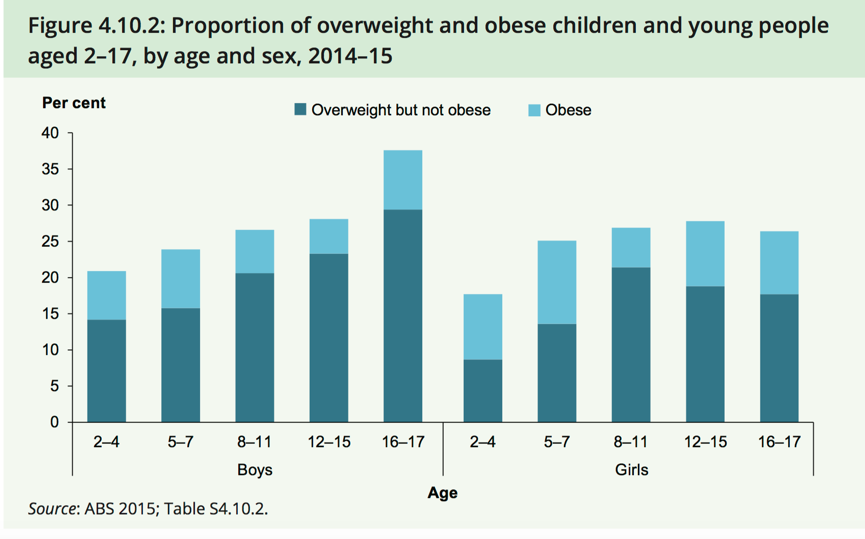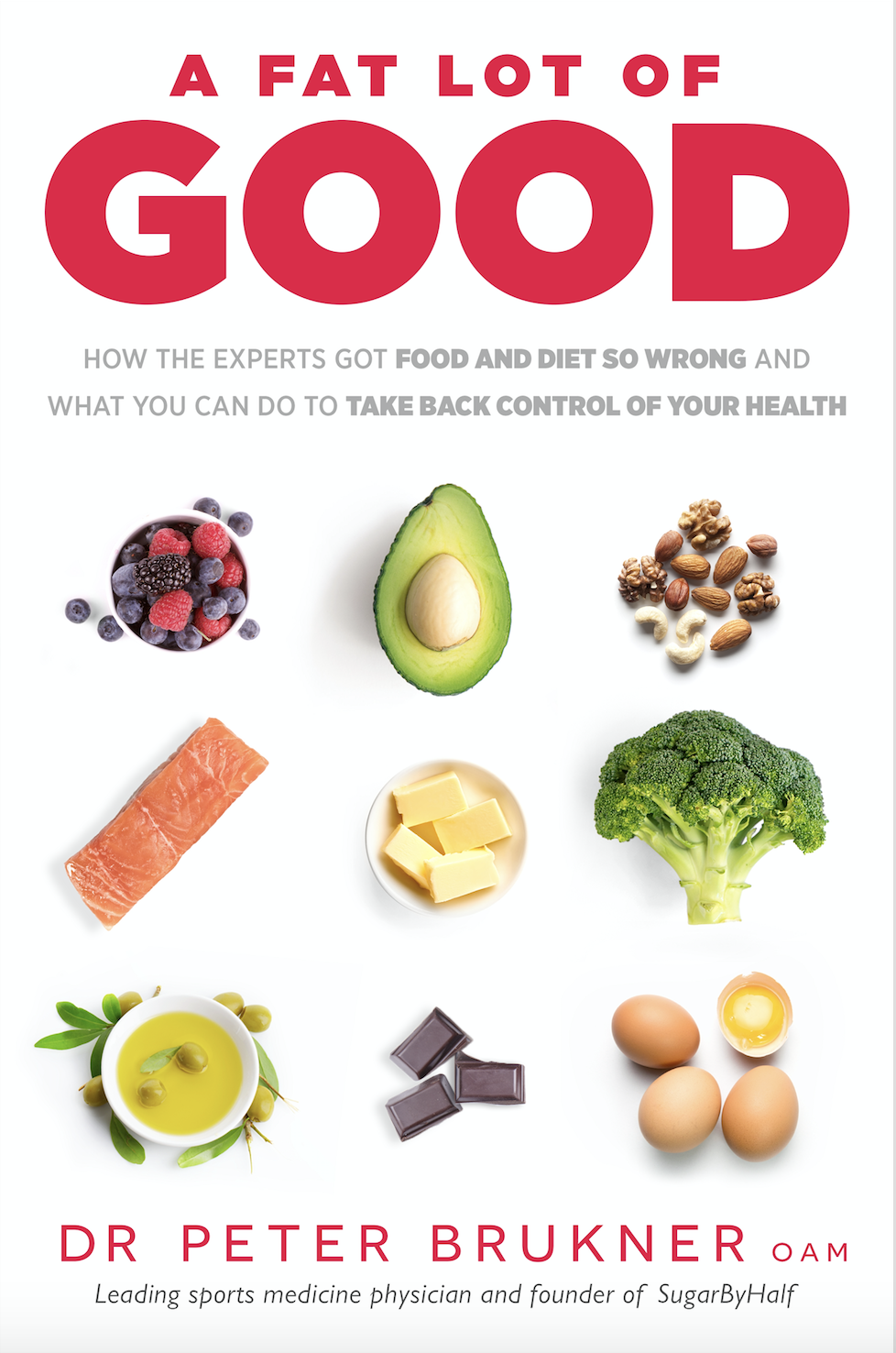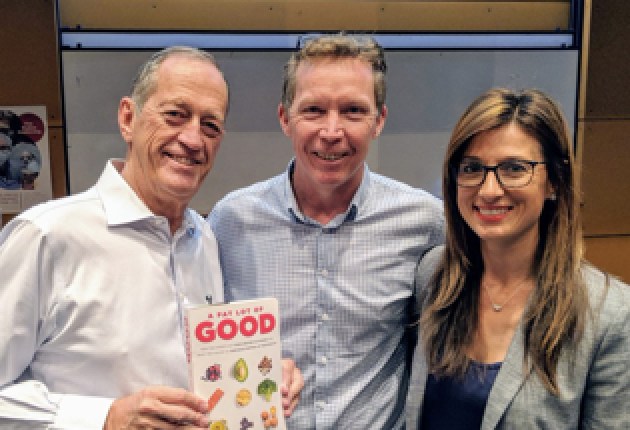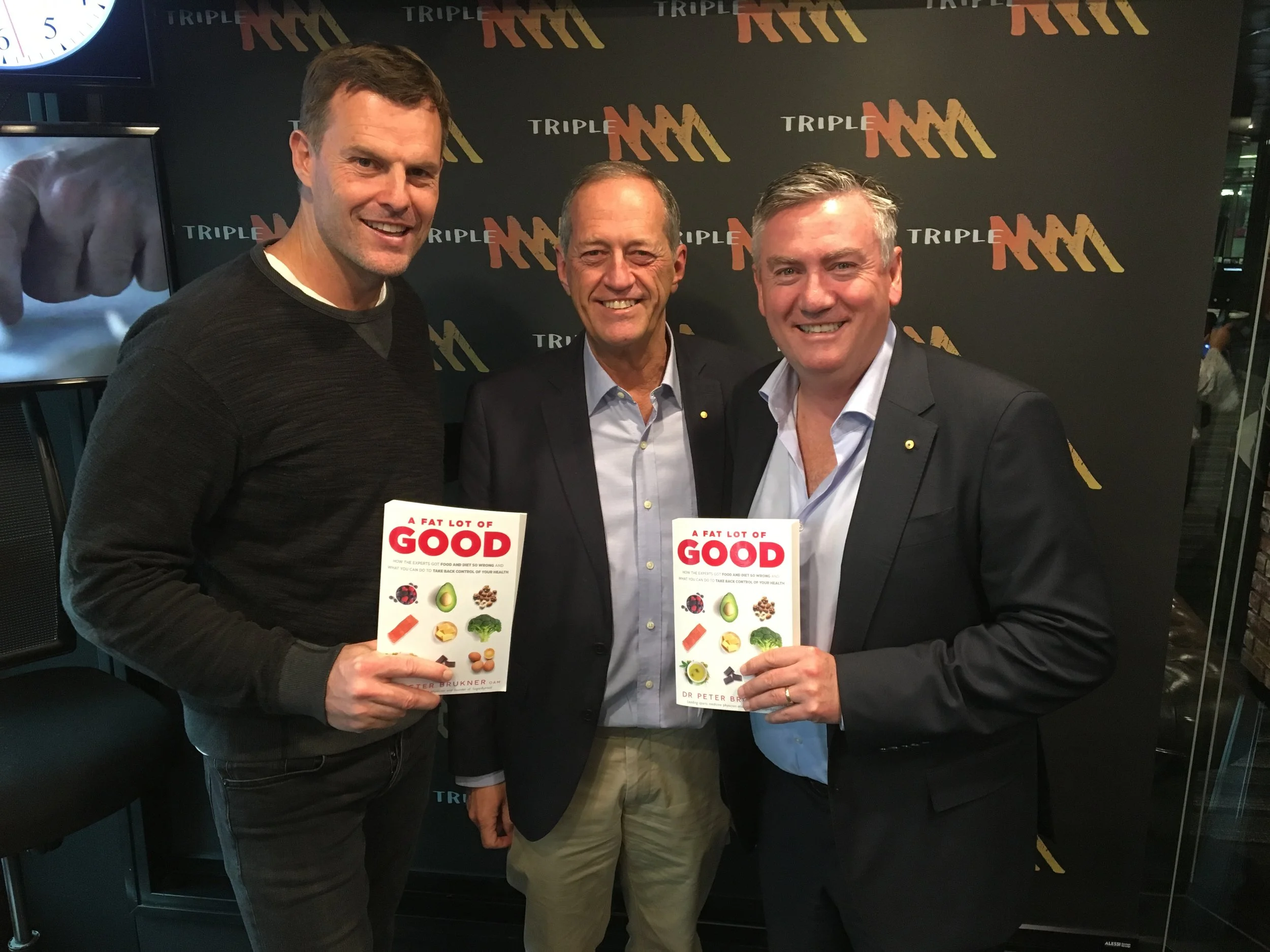The Physical Performance Podcast
I recently spoke to the guys at The Physical Performance Show and featured on their podcast.
See their blurb and outline below:
In episode 126 of The Physical Performance Show Brad Beer has a conversation with Dr Peter Brukner OAM – Prof Sports Medicine, Author, Founder SugarByHalf.
By way of introduction, Dr Brukner is an OAM Order of Australia Medallist and he’s a world renowned Sports and Exercise Medicine Physician and Researcher. Up until recently Dr. Brukner was the team Doctor for the Australian Cricket Team, a position that he held for 5 years. Dr. Brukner held similar positions at the Liverpool Football Club and Melbourne and Collingwood AFL Clubs and the Australian Soccer Team and also Sports Doctor across multiple National Olympic Commonwealth Games Athletics Teams.
Dr. Brukner is a Professor of Sports Medicine at Latrobe University, he is also the author of numerous books including Clinical Sports Medicine and Food for Sport. Dr. Peter Brukner is also the author of the recently released A fat lot of Good – how the experts got food and diet so wrong and how you can take back control of your health. The information inside this book will really have an impact on your physical performance and your health. ‘A Fat Lot of Good’ is an exploration into our current food guidelines and how Dr Brukner believes we got it so wrong. He shares how he changed to a low carbohydrate, High Fat consumption and he shares why he made this change and how it can improve your health.
Dr Brukner is spending and devoting the remainder of his career on his campaign called Sugar by Half that is aiming to reduce added sugars by 50% to better our health. During this conversation we discuss the low carb, high fat lifestyle eating, the benefits of it, the state of the nation, how we got it so wrong, the demonising of fats and how that happened. Why we don’t need to drink as much as we think we do, the five golden tips, eating and diet for athletes as well as debunking a few myths.
Timeline:
0:00 Start
1:30 Introduction to Dr Peter Brukner
5:50 Why Peter wrote the book ‘A fat lot of Good’
13:00 Peter’s health now
17:15 Shane Watson – Australian Cricketer
20:20 The 5 Rules of this way of life.
33:00 High Obesity Rates
38:00 Dietary Guidelines from the 1980s
46:00 Eating fat to lose fat.
48:20 Brain Fog
53:00 Salt
56:00 Sugar by half campaign
1:02:00 Athlete nutrition
1:06:00 Best Advice – Just eat real food
1:07:00 Physical Challenge: 20 push up challenge
1:08:20 Purchase a copy of the book
1:15:42 Finish








































